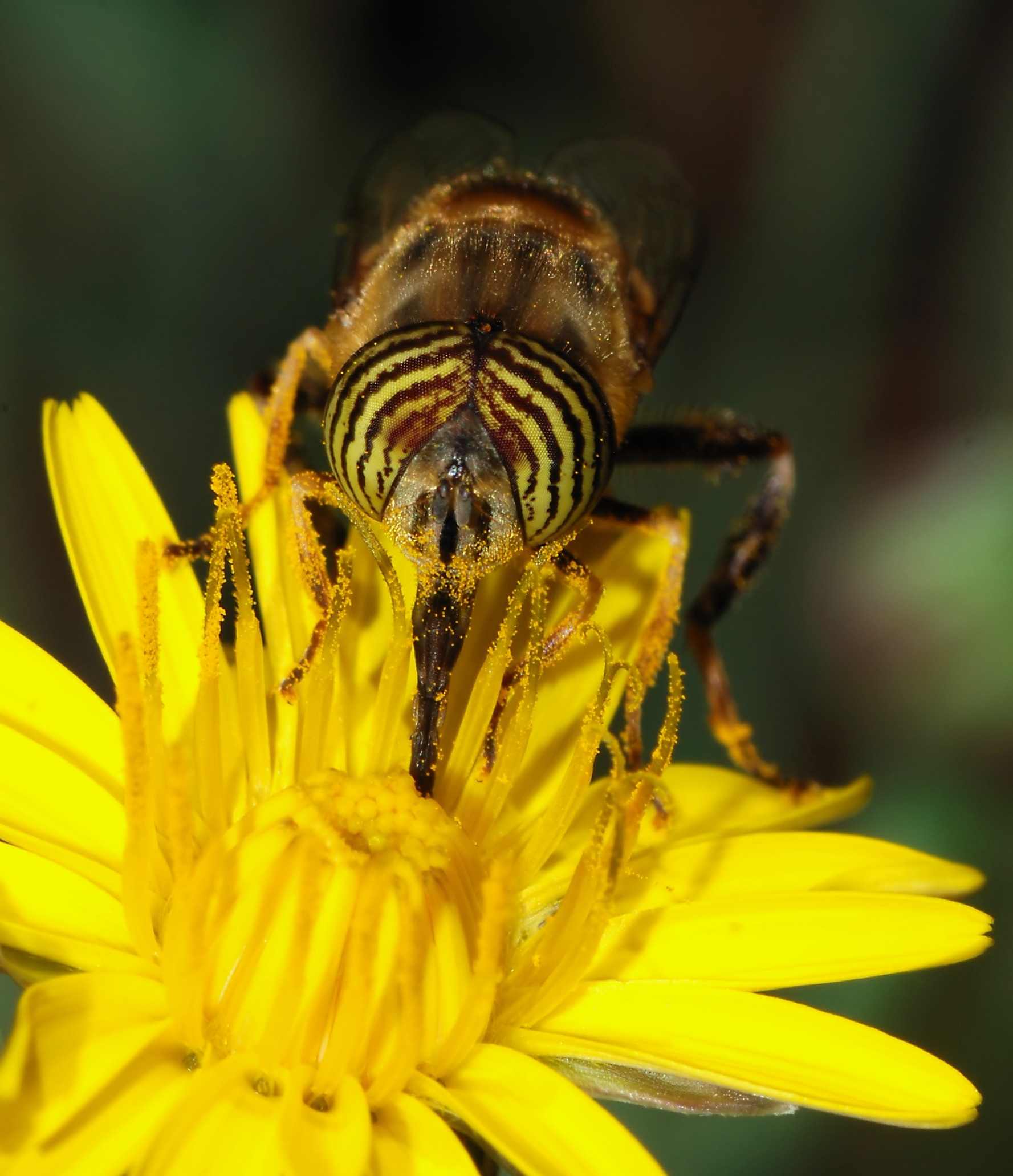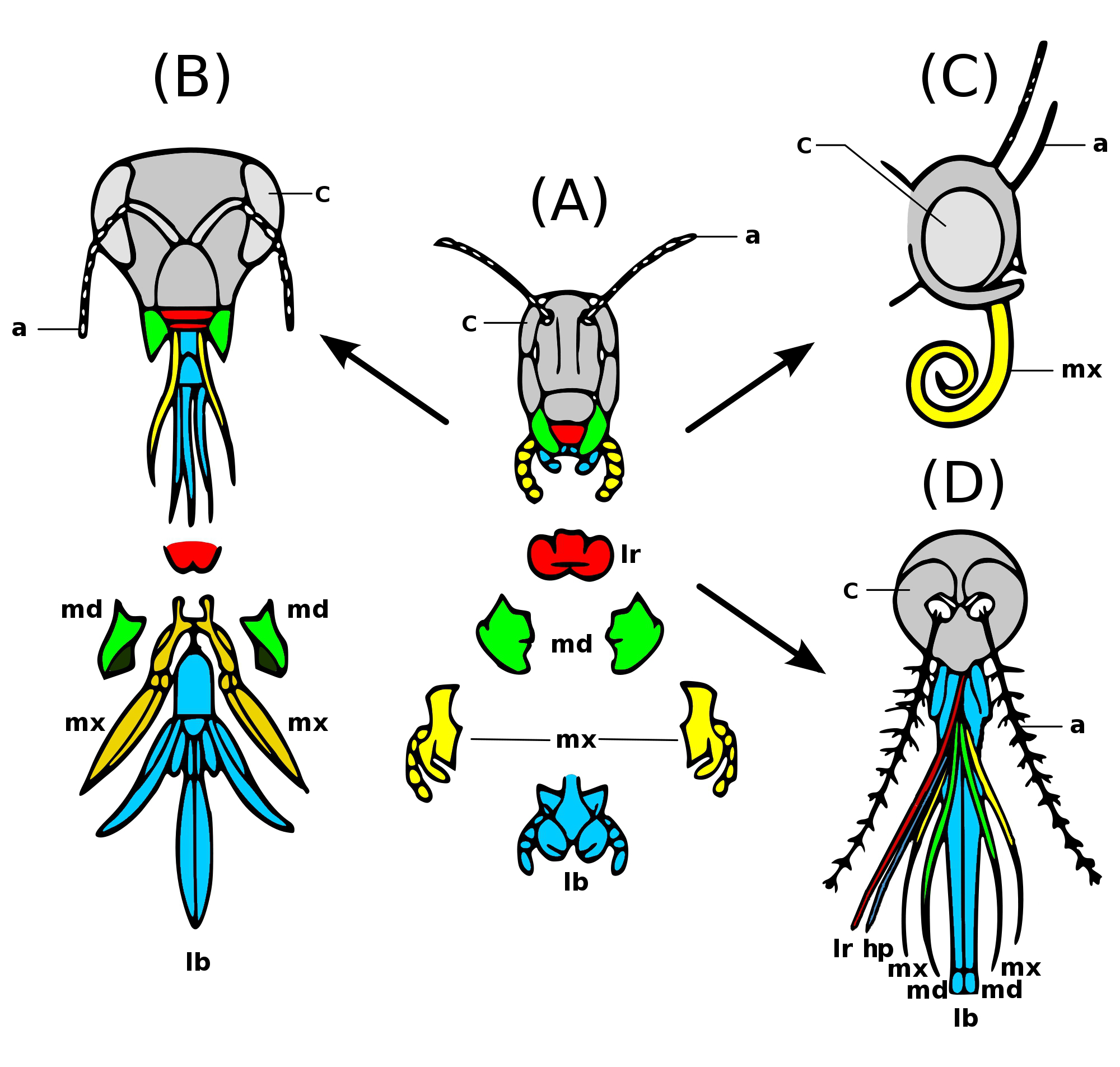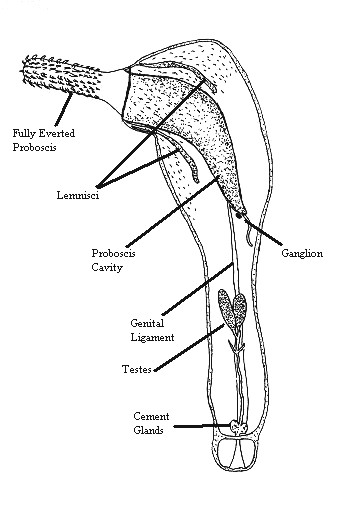|
Proboscis
A proboscis () is an elongated appendage from the head of an animal, either a vertebrate or an invertebrate. In invertebrates, the term usually refers to tubular arthropod mouthparts, mouthparts used for feeding and sucking. In vertebrates, a proboscis is an elongated nose or snout. Etymology First attested in English in 1609 from Latin , the latinisation (literature), latinisation of the Ancient Greek (), which comes from () 'forth, forward, before' + (), 'to feed, to nourish'. The plural as derived from the Greek is , but in English the plural form ''proboscises'' occurs frequently. Invertebrates The most common usage is to refer to the tubular feeding and sucking organ of certain invertebrates such as insects (e.g., Insect mouthparts#Proboscis, moths, butterflies, and mosquitoes), worms (including Acanthocephala, Nemertea, proboscis worms) and gastropod molluscs. Acanthocephala The Acanthocephala, the thorny-headed worms or spiny-headed worms, are characterized by the pr ... [...More Info...] [...Related Items...] OR: [Wikipedia] [Google] [Baidu] |
Nemertea
Nemertea is a phylum of animals also known as ribbon worms or proboscis worms, consisting of about 1300 known species. Most ribbon worms are very slim, usually only a few millimeters wide, although a few have relatively short but wide bodies. Many have patterns of yellow, orange, red and green coloration. The foregut, stomach and intestine run a little below the midline of the body, the anus is at the tip of the tail, and the mouth is under the front. A little above the gut is the , a cavity which mostly runs above the midline and ends a little short of the rear of the body. All species have a proboscis which lies in the rhynchocoel when inactive but wikt:eversion, everts to emerge just above the mouth to capture the animal's prey with venom. A highly extensible muscle in the back of the rhynchocoel pulls the proboscis in when an attack ends. A few species with stubby bodies Filter feeders, filter feed and have suckers at the front and back ends, with which they attach to a Hos ... [...More Info...] [...Related Items...] OR: [Wikipedia] [Google] [Baidu] |
Insect Mouthparts
Insects have arthropod mouthparts, mouthparts that may vary greatly across insect species, as they are adapted to particular modes of feeding. The earliest insects had chewing mouthparts. Most specialisation of mouthparts are for piercing and sucking, and this mode of feeding has evolved a number of times independently. For example, mosquitoes (which are true flies) and aphids (which are Hemiptera, true bugs) both pierce and suck, though female mosquitoes feed on animal blood whereas aphids feed on plant fluids. Evolution Like most external features of arthropods, the mouthparts of Hexapoda are highly derived. Insect mouthparts show a multitude of different functional mechanisms across the wide diversity of insect species. It is common for significant Homology (biology), homology to be conserved, with matching structures forming from matching Primordium, primordia, and having the same evolutionary origin. However, even if structures are almost physically and functionally identica ... [...More Info...] [...Related Items...] OR: [Wikipedia] [Google] [Baidu] |
Acanthocephala
Acanthocephala ( Greek , ' 'thorn' + , ' 'head') is a group of parasitic worms known as acanthocephalans, thorny-headed worms, or spiny-headed worms, characterized by the presence of an eversible proboscis, armed with spines, which it uses to pierce and hold the gut wall of its host. Acanthocephalans have complex life cycles, involving at least two hosts, which may include invertebrates, fish, amphibians, birds, and mammals. About 1,420 species have been described. The Acanthocephala were long thought to be a discrete phylum. Recent genome analysis has shown that they are descended from, and should be considered as, highly modified rotifers. This unified taxon is sometimes known as Syndermata, or simply as Rotifera, with the acanthocephalans described as a subclass of a rotifer class Hemirotatoria. History The earliest recognisable description of Acanthocephala – a worm with a proboscis armed with hooks – was made by Italian author Francesco Redi (1684). In 1771 ... [...More Info...] [...Related Items...] OR: [Wikipedia] [Google] [Baidu] |
Arthropod Mouthparts
The mouthparts of arthropods have evolved into a number of forms, each adapted to a different style or mode of feeding. Most mouthparts represent modified, paired appendages, which in ancestral forms would have appeared more like legs than mouthparts. In general, arthropods have mouthparts for cutting, chewing, piercing, sucking, shredding, siphoning, and filtering. This article outlines the basic elements of four arthropod groups: insects, myriapods, crustaceans and chelicerates. Insects are used as the model, with the novel mouthparts of the other groups introduced in turn. Insects are not, however, the ancestral form of the other arthropods discussed here. Insects Insect mouthparts exhibit a range of forms. The earliest insects had chewing mouthparts. Specialisation includes mouthparts modified for siphoning, piercing, sucking and sponging. These modifications have evolved a number of times. For example, mosquitoes and aphids both pierce and suck; however, female ... [...More Info...] [...Related Items...] OR: [Wikipedia] [Google] [Baidu] |
Micropterigidae
Micropterigoidea is the superfamily of "mandibulate archaic moths", all placed in the single family Micropterigidae, containing currently about twenty living genera. They are considered the most primitive extant lineage of lepidoptera (Kristensen, 1999), and the sole superfamily in the suborder Zeugloptera. The name comes from the Greek for ''mikros'', little and ''pterux'', a wing. Unique among the Lepidoptera, these moths have chewing mouthparts rather than a proboscis, and are seen feeding, often in large aggregations, on the pollen of the flowers of many herbaceous plants, shrubs and trees. The fossil record of the group goes back to the middle-late Jurassic with the earliest known species being '' Auliepterix'' from the Karabastau Formation in Kazakhstan. Genera * '' Micropterix'' Hübner, 1825 * '' Epimartyria'' Walsingham, 1898 * '' Issikiomartyria'' Hashimoto, 2006 * '' Kurokopteryx'' Hashimoto, 2006 * '' Neomicropteryx'' Issiki, 1931 * '' Palaeomicroides'' Issiki, ... [...More Info...] [...Related Items...] OR: [Wikipedia] [Google] [Baidu] |
Nectar
Nectar is a viscous, sugar-rich liquid produced by Plant, plants in glands called nectaries, either within the flowers with which it attracts pollination, pollinating animals, or by extrafloral nectaries, which provide a nutrient source to animal Mutualism (biology), mutualists, which in turn provide plant defense against herbivory#Indirect defenses, herbivore protection. Common nectar-consuming pollinators include mosquitoes, hoverfly, hoverflies, wasps, bees, butterfly, butterflies and moths, hummingbirds, honeyeaters and Bat#Fruit and nectar, bats. Nectar is an economically important substance as it is the sugar source for honey. It is also useful in agriculture and horticulture because the adult stages of some predatory insects feed on nectar. For example, a number of predacious or Parasitoid wasp, parasitoid wasps (e.g., the social wasp species ''Apoica flavissima'') rely on nectar as a primary food source. In turn, these wasps then hunt agricultural pest insects as food ... [...More Info...] [...Related Items...] OR: [Wikipedia] [Google] [Baidu] |
Plant Sap
Sap is a fluid transported in the xylem cells (vessel elements or tracheids) or phloem sieve tube elements of a plant. These cells transport water and nutrients throughout the plant. Sap is distinct from latex, resin, or cell sap; it is a separate substance, separately produced, and with different components and functions. Honeydew (secretion), Insect honeydew is called sap, particularly when it falls from trees, but is only the remains of eaten sap and other plant parts. Types of sap Saps may be broadly divided into two types: xylem sap and phloem sap. Xylem sap Xylem sap (pronounced ) consists primarily of a watery solution of plant hormone, hormones, dietary mineral, mineral elements and other nutrients. Transport of sap in xylem is characterized by movement from the roots toward the leaf, leaves. Over the past century, there has been some controversy regarding the mechanism of xylem sap transport; today, most plant scientists agree that the cohesion-tension theory be ... [...More Info...] [...Related Items...] OR: [Wikipedia] [Google] [Baidu] |
Pollen
Pollen is a powdery substance produced by most types of flowers of seed plants for the purpose of sexual reproduction. It consists of pollen grains (highly reduced Gametophyte#Heterospory, microgametophytes), which produce male gametes (sperm cells). Pollen grains have a hard coat made of sporopollenin that protects the gametophytes during the process of their movement from the stamens to the pistil of flowering plants, or from the male Conifer cone, cone to the female cone of gymnosperms. If pollen lands on a compatible pistil or female cone, it Germination, germinates, producing a pollen tube that transfers the sperm to the ovule containing the female gametophyte. Individual pollen grains are small enough to require magnification to see detail. The study of pollen is called palynology and is highly useful in paleoecology, paleontology, archaeology, and Forensic science, forensics. Pollen in plants is used for transferring Ploidy#Haploid and monoploid, haploid male genetic ma ... [...More Info...] [...Related Items...] OR: [Wikipedia] [Google] [Baidu] |
Heliconius
''Heliconius'' comprises a colorful and widespread genus of brush-footed butterflies commonly known as the longwings or heliconians. This genus is distributed throughout the tropical and subtropical regions of the New World, from South America as far north as the southern United States. The larvae of these butterflies eat passion flower vines (Passifloraceae). Adults exhibit bright wing color patterns which signal their distastefulness to potential predators. Brought to the forefront of scientific attention by Victorian naturalists, these butterflies exhibit a striking diversity and mimicry, both amongst themselves and with species in other groups of butterflies and moths. The study of ''Heliconius'' and other groups of mimetic butterflies allowed the English naturalist Henry Walter Bates, following his return from Brazil in 1859, to lend support to Charles Darwin, who had found similar diversity amongst the Galápagos finches. Model for evolutionary study ''Heliconius' ... [...More Info...] [...Related Items...] OR: [Wikipedia] [Google] [Baidu] |
Eristalinus October 2007-6
''Eristalinus'' is a genus of hoverfly. Most species have very distinctive eye marking in the form of spots or banding, though these features may fade on some preserved specimens. Most are stout flies, and are nimble flyers, even compared to other hoverfly species. Systematics At one time the members of this genus were divided into three clades (''Eristalinus'', ''Eristalodes'' and ''Lathyrophthalmus'') based on morphological characters such as whether the eyes were spotted or striped. Recently Pérez-Bañon ''et al.'' studying the European species of ''Eristalinus'' using a combination of molecular data and male genitalia characters have determined that the genus in Europe at least, divides neatly into two clades - ''Eristalinus'' (+ ''Lathyrophthalmus'') & ''Eristalodes''. It was also discovered that the eye patterning was not taxonomically important as ''Eristalodes'' contained members with eyes either spotted or striped. The following list is an attempt to organise some of t ... [...More Info...] [...Related Items...] OR: [Wikipedia] [Google] [Baidu] |
Deilephila Elpenor
''Deilephila elpenor'', the elephant hawk moth or large elephant hawk moth, is a moth in the family Sphingidae. Its common name is derived from the caterpillar's resemblance to an elephant's trunk. It is most common in central Europe and is distributed throughout the Palearctic region. It has also been introduced in British Columbia, Canada. Its distinct olive and pink colouring makes it one of the most recognisable moths in its range. However, it is quite easy to confuse the elephant hawk moth with the small elephant hawk moth, a closely related species that also shares the characteristic colours. These moths are nocturnal and therefore feed on flowers that open or produce nectar at nighttime. The elephant hawk moth has very sensitive eyes that allow it to see colour even at low-light, and it was one of the first species in which nocturnal colour vision was documented in animals. The moth is also known for its hovering capability, which it utilises when feeding on nectar from f ... [...More Info...] [...Related Items...] OR: [Wikipedia] [Google] [Baidu] |
Mitra Mitra
''Mitra mitra'', common name the episcopal miter, is a species of large predatory sea snail, a marine gastropod mollusk in the family Mitridae, the miters.Rosenberg, G. (2010). ''Mitra (Mitra) mitra'' (Linnaeus, 1758). Accessed through: World Register of Marine Species at http://www.marinespecies.org/aphia.php?p=taxdetails&id=208226 on 2010-12-12 Distribution Widespread in the Indo-Pacific, from East Africa, including Madagascar Madagascar, officially the Republic of Madagascar, is an island country that includes the island of Madagascar and numerous smaller peripheral islands. Lying off the southeastern coast of Africa, it is the world's List of islands by area, f ... and the Red Sea, to eastern Polynesia. North to southern Japan, Wake Island and Hawaii, and south to Australia.Poutiers, J. M. (1998). Gastropods in: ''FAO Species Identification Guide for Fishery Purposes: The living marine resources of the Western Central Pacific Volume 1.'' Seaweeds, corals, bivalves a ... [...More Info...] [...Related Items...] OR: [Wikipedia] [Google] [Baidu] |







